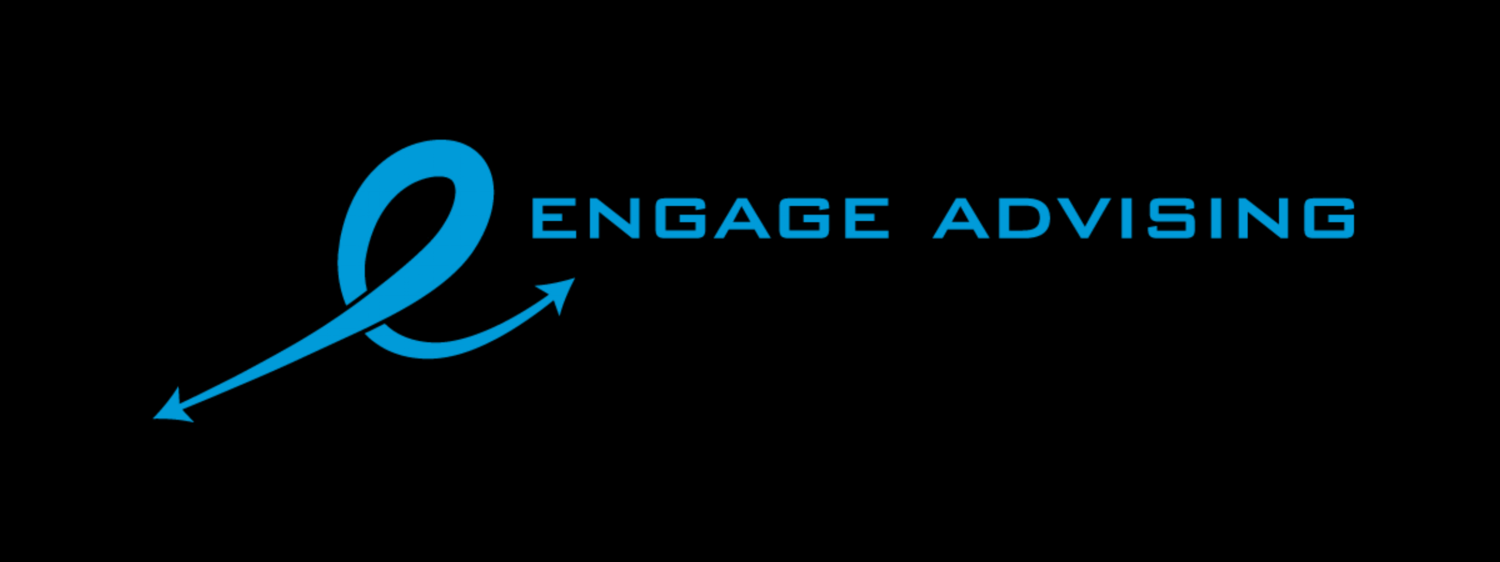With the new year comes our tradition of resolutions. One resolution you should make is to have a date night with your spouse, or partner. Hopefully, you are making date night a weekly event. It doesn’t have to be an expensive outing; date night can be dinner at home, time spent with another couple for a movie, a game, or a health walk. There is one thing you should incorporate into date night – a financial date night.
Once a month, you and your spouse or partner should have a financial date night. The purpose of this financial date night is to make sure you are on the same page, and that you are sharing information, setting and tracking goals, and working together. It’s also a good way to hold one another accountable for your financial goals and to track the progress you are making. Here are some tips for successful financial date nights.
Schedule it. Given that there are generally four weeks per month, and that you have four date nights per month, pick only one of the four and designate it as your financial date night. Be sure that you both agree that this date night is to focus on your finances. It’s twelve times per year that you give attention specifically to your finances.
Pick your topic in advance. You have the opportunity for twelve financial date night topics. It is a good idea to sit down together, draw-up a topic list, and decide in what order you would like to cover the topics. You may wish to start with your most pressing matter first. By deciding the topics in advance, you have opportunity to think about the issues, do some research, and be prepared when have your financial date night.
Keep it civil. Financial date night is not the time to fight over money! The purpose is to address financial topics together, to work on solutions, find answers, and exchange information. It’s not the time to argue, or make accusations.
Record your progress. Keep a special financial date night journal. Record your ideas, decisions, timeline, and any new goals that are discussed or set. If you set a new goal, calendar it and be sure to act on it and put your new goal in action.
Make it fun! Your financial date night is not supposed to be a dreary ordeal. So, open your favorite wine, beer, or make a cocktail to go with the conversation. Serve your favorite snack, or order from your favorite restaurant.
You have a host of topics to choose from whether it be budgeting, saving, debt reduction, loan consolidation, insurance, investment, retirement, estate planning, etc. Pick your topic, schedule it in advance, and record your progress. Remember, keep it civil and make it fun.
As an independent Certified Financial Planner™, I can help you plan for the new year and be on top of your goals. Contact me and let’s get started on a savings, retirement, or debt reduction plan or just a hike! #talktometuesday #education #Hireaplanner #stressfree #newyear #savings #CFPPro #datenight











































